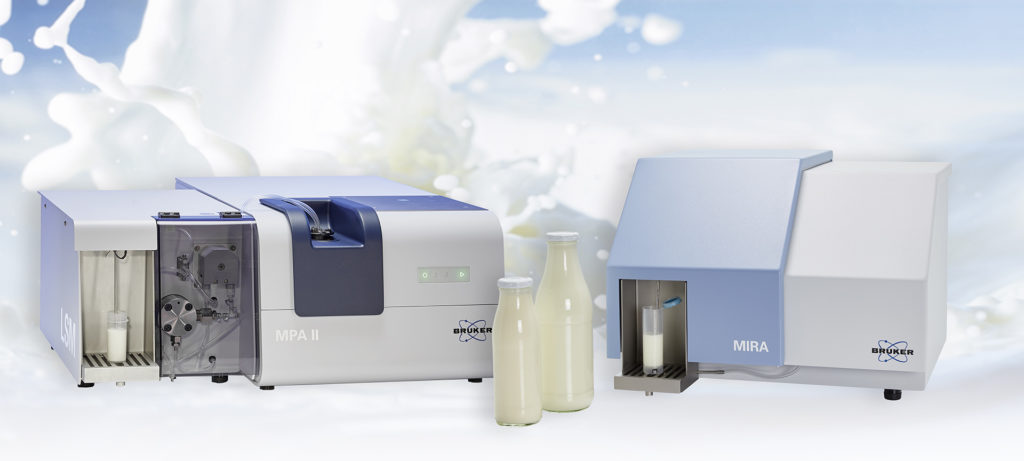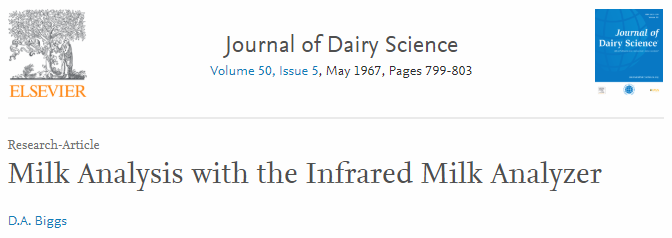A lot of things changed in the dairy market over the last decades. Today’s cows produce almost four times more milk than cows did 50 years ago. The per capita consumption of milk products like yogurt and cheese rose accordingly – and it will rise even stronger in the future. Moreover, the way of producing dairy products changed significantly. The milk powder production, for example, went from the early spray driers, substituting the old-fashioned roller drying to modern fully automated high capacity plants. And for whey protein concentrate production, today’s micro-filtration systems allow for maximum yields, unthinkable decades ago.
Still, the future is going to be challenging. The millennials and future generations of consumers are looking not only for completely new products – often with added value for their wellbeing – also topics like sustainability, traceability and clean label are strong in their focus.
The key to success of any dairy plant is providing continuous and reliable quality to the market. One way of performing an efficient quality control of raw milk and milk products is infrared spectroscopy. It was back in the late sixties and it is still today.
Recently I came across the article by D. A. Biggs by accident and was amazed about its topicality and relevance. Of course, technology of infrared analyzers moved on. Especially in terms of robustness, ease-of-use and data processing, we made progress. But the key findings are more or less the same. In short: Already back in 1967, it was obvious that homogenization is crucial to obtain reliable results for raw milk analysis. Recent in-house tests showed that the accuracy and reproducibility can be 2 to 3 times better when using homogenization.
Why infrared?
But why would one prefer infrared spectroscopy for milk analysis over other techniques? The motivation to use spectroscopy to analyze milk remains the same then and today: to be able to carry out a lot of analyses per hour at very little cost compared to the traditional chemical methods (e.g. Kjeldahl for protein, Röse-Gottlieb or Mojonnier for fat, polarimetry for lactose):
With the infrared milk analyzer two technicians can prepare samples and complete analyses for fat, protein, and lactose at the rate of one sample per minute. Using $2 per hour as a basic rate, the labor cost for a three component analysis is about 7¢. […] this is less than one-tenth the cost of the equivalent analyses by accepted chemical methods.
D. A. Biggs (1967)
Of course the salaries changed in the meantime, but the benefit remains the same: a quick and reliable analysis at reasonable cost.
In order to find the best possible solution for your quality control, it is wise to look at the products you would like to test. If you are only looking for liquid milk products like raw milk, processed milk whey and cream, a stand-alone liquid analyzer, based on infrared technology like the MIRA would be the optimum solution (below right). If you however need to analyze solids and powders as well as liquids, the Multi Purpose Analyzer MPA II (left) based on FT-NIR spectroscopy is the better option. It can also analyze liquid samples containing particles, due to a larger path length of the measurement cell.

Want to learn more about dairy analysis? An overview of the different applications of infrared and FT-NIR spectroscopy can be found here.









